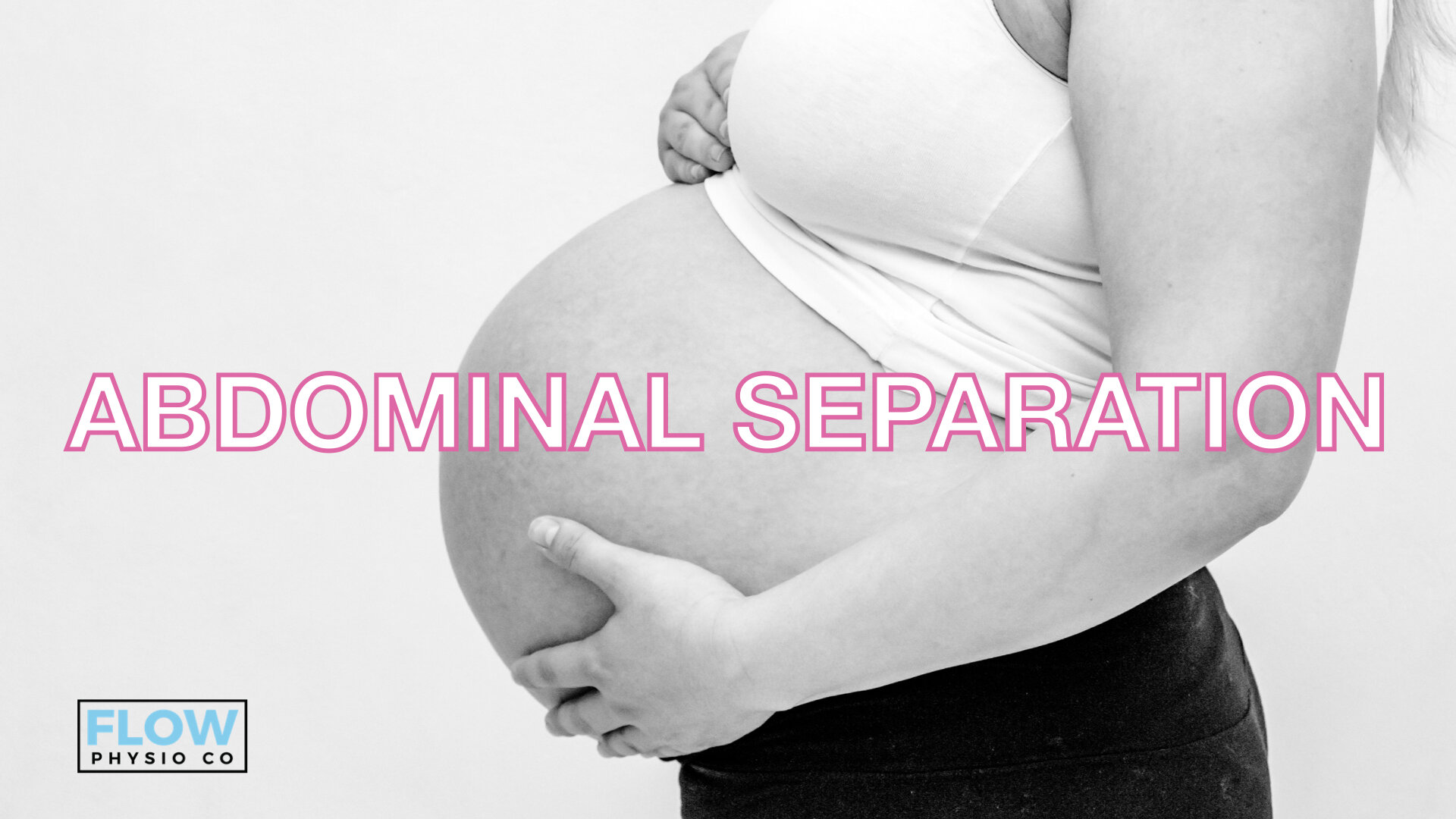Bladder Pain Syndrome (Interstitial Cystitis)
Charlotte Conlon & Heidi Barlow are a Women’s Health Physiotherapists from Flow Physio Co Sutherland. Today they talks to us about Bladder Pain Syndrome (Interstitial Cystitis)
What is bladder pain syndrome?
The bladder is a pelvic organ that stores urine which is produced by the kidneys, until we decide to empty, the urine then travels down the urethra and is expelled from the body.
Interstitial cystitis is a condition causing bladder pressure, bladder pain and sometimes pelvic pain. Symptoms can vary from person to person and can range from mild to agonising.
Common symptoms of interstitial cystitis
Pain in the bladder/abdomen when the bladder is filling up with urine. The kidney’s make urine constantly so they rarely get a break from pain, some may experience some temporary relief when they empty their bladder
Bladder urgency and frequency. A person with a healthy bladder may urinate 7 times per day, in comparison to someone with bladder pain who may urinate in excess of 20 times day and night.
Lower back and pelvic pain
Worsening of symptoms with menstruation
Pain with sexual intercourse
Ulcers/sore/bleeding in the bladder which sometimes can be seen in the urine
Lack of sleep to due increased urination over night
Treatment options
Lifestyle factors such as avoiding smoking and alcohol
Dietary factors such as avoiding caffeine, coffee, acidic and spicy foods
Managing constipation
Physiotherapy - Bladder pain syndrome is associated with an overactive tight pelvic floor, as the bladder fills the pelvic floor tightens and this can increase the severity of symptoms. Physio’s will perform internal and external releases of the pelvic floor and deep internal hip rotators and they can teach you how do do this. They will teach you bladder training and give you techniques to use to try and space out the time between urinating.
Medication: Pain relief medication can help and your doctor may prescribe medication to help the bladder urgency and frequency
**There is currently no single treatment that has been found to be effective for majority of patients with bladder pain syndrome and to achieve symptom relief, many treatment options may need to be combined**








